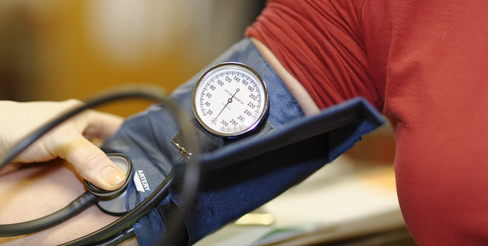
If you are one of the roughly 70 million American adults suffering from high blood pressure, it might be time to take a closer look at your treatment.
While current guidelines are in place for blood pressure goals (140 and 150 for adults over 60), for years doctors have gone back and forth on the optimal level. Additionally, many have questioned if treating high blood pressure (especially in the elderly) is worth the risks of side effects from the medication.
This recent study found that those with a systolic blood pressure (the higher of the two numbers in a reading) goal under 120 reduced their chances of having a heart attack, heart failure or stroke by a third. Additionally, their risk of death was reduced by nearly a quarter.
These results were achieved by randomly assigning over 9,300 men and women above the age of 50 and at high risk of heart disease or had kidney disease, one of two blood pressure goals – less than 120 or less than 140. While the study was originally scheduled to conclude in 2017, the National Heart, Lung and Blood Institute considered the results of great importance to the public, which is why they were announced this week.
So can we expect to see changed? Blood pressure experts are already predicting that we may see a change in the current blood pressure goals as a result. The biggest issue that still needs to be overcome however is what to do when food, exercise and lifestyle changes can’t bring blood pressure naturally down to 120. Once again, health professionals and experts are forced to consider whether the potential drug side effects are worth the overall benefit to the patient’s health.
For the full NYTimes recap of the study, read more here.







